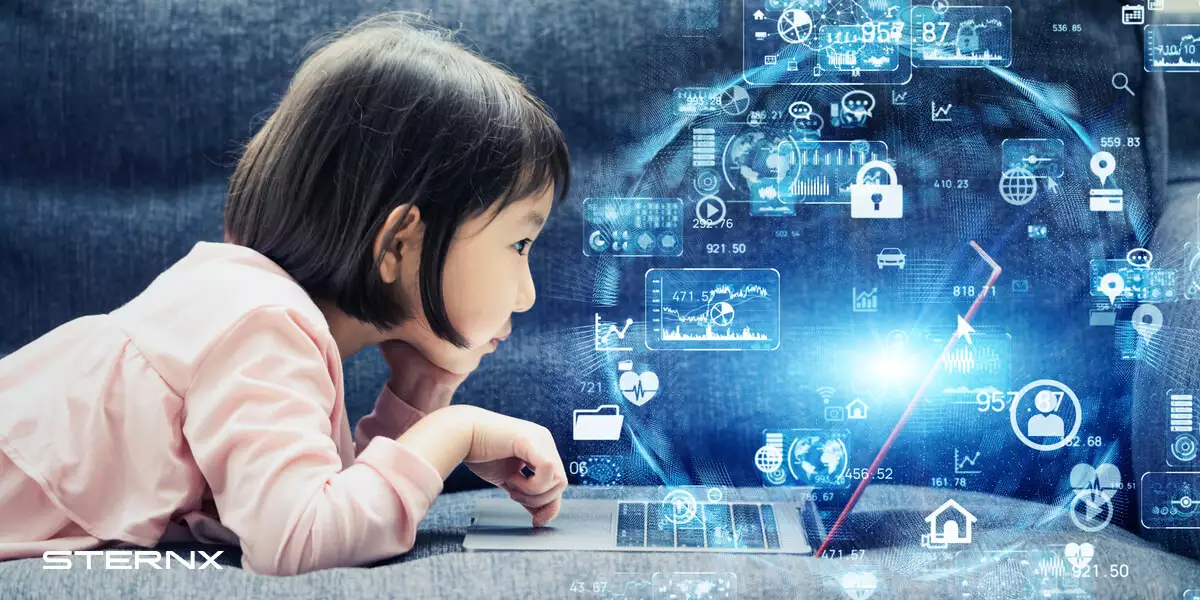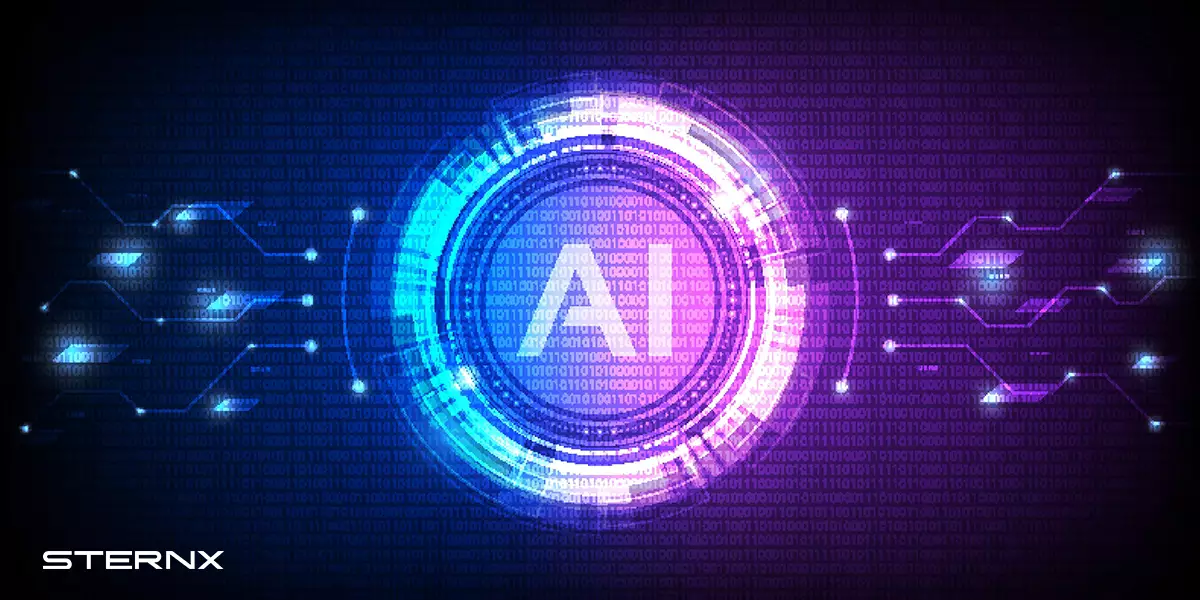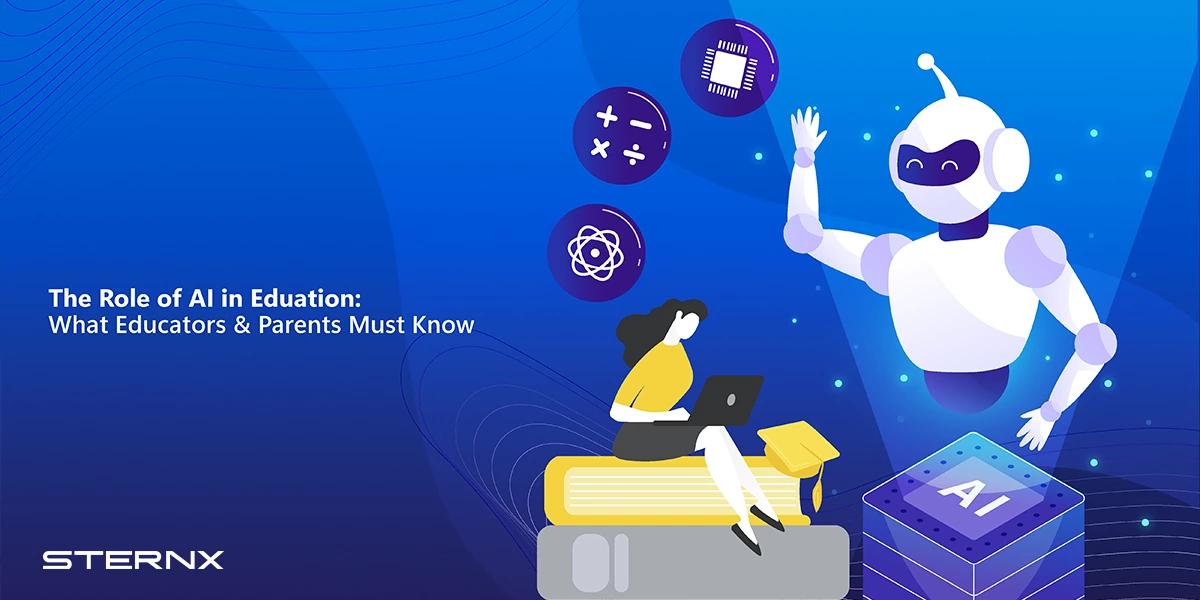Artificial intelligence (AI) is rapidly transforming many industries, and education is no exception. Integrating AI into teaching and learning can revolutionize the educational landscape, offering numerous benefits for students, teachers, and parents. In this comprehensive guide, we’ll explore the advantages and disadvantages of artificial intelligence in education, highlight some of the most promising AI tools, and discuss emerging trends that are shaping the future of AI-powered education.
Table of Contents
ToggleThe Impact and Benefits of Artificial Intelligence in Education
AI has the power to personalize learning, enhance engagement, and improve academic outcomes for students of all ages and backgrounds. Here are some of the keyways AI is positively impacting education:
Personalized Learning:
AI algorithms can analyze a student’s learning patterns, strengths, weaknesses, and interests, and then adapt the learning experience to meet their individual needs. This personalized approach ensures that each student receives instruction tailored to their unique learning style, enabling them to learn more effectively and efficiently.
Adaptive Learning:
AI-powered adaptive learning systems can adjust the pace, difficulty, and content of lessons in real-time based on a student’s performance and progress. This dynamic approach helps students stay engaged and motivated, as the content is always at the appropriate level for their current abilities.
Intelligent Tutoring:
AI-driven virtual tutors can provide students with real-time feedback, guidance, and support, mimicking the experience of working with a human tutor. These intelligent tutoring systems can identify knowledge gaps, offer personalized recommendations, and even engage in natural language conversations to answer students’ questions.
Automated Grading and Feedback:
AI can automate the grading of assignments, essays, and tests, freeing up teachers’ time for more high-impact tasks. AI-powered feedback systems can also provide students with detailed, personalized feedback on their work, helping them to improve their skills and understanding.
Predictive Analytics:
AI algorithms can analyze student data to identify patterns and predict future academic performance, allowing educators to intervene early and provide targeted support to struggling students.

Advantages and Disadvantages of AI in Education
While AI offers numerous benefits in the classroom, it’s important to consider both the advantages and disadvantages of this technology. Here are some key points to consider:
Advantages of Artificial Intelligence in Education:
Improved academic outcomes: AI can help students learn more efficiently and effectively, leading to better grades and test scores.
- Increased engagement: AI-powered tools and personalized learning experiences can make education more interactive and engaging, reducing boredom and disengagement.
- Timesaving for teachers: AI can automate administrative tasks, grading, and feedback, freeing up teachers’ time for more high-impact activities.
- Accessibility: AI can help make education more accessible for students with disabilities, language barriers, or other challenges.
- Cost-effective: AI-powered tools and platforms can be more cost-effective than traditional educational resources, especially for schools with limited budgets.
Disadvantages of AI in Education:
- Lack of human interaction: Over-reliance on AI could lead to reduced human interaction and social skills development for students.
- Biased algorithms: AI algorithms could perpetuate existing biases and inequalities if not carefully designed and monitored.
- Data privacy concerns: The collection and use of student data by AI systems raises privacy and ethical concerns hence educational institutions, parents and students must know about cybersecurity in education.
- Job displacement: AI could potentially replace some roles in education, such as tutors or administrative staff.
- Technological dependence: Overuse of AI could lead to a dependency on technology and a lack of critical thinking and problem-solving skills.
Educational AI Tools
There are a wide variety of generative ai powered tools and platforms available for educators and students. Here are some of the most promising:
- Intelligent Tutoring Systems: These virtual tutors, such as Carnegie Learning’s MATHia and Knewton, provide personalized instruction, feedback, and support to students in subjects like math, science, and language arts.
- Adaptive Learning Platforms: Companies like Knewton and Dreambox Learning offer adaptive learning platforms that adjust the content and pace of lessons based on a student’s performance and progress.
- Writing Assistance Tools: AI-powered writing tools like Grammarly and Clearspeak can support teachers and help students improve their writing skills by providing real-time feedback on grammar, spelling, and more.
- Language Learning Apps: Apps like Duolingo and Babbel use AI to provide personalized language learning experiences, with features like speech recognition and adaptive lessons.
- Classroom Management Systems: AI-powered classroom management systems, such as Safes School and ClassTrak, can automate administrative tasks, track student behavior and attendance, and provide real-time data analysis for teachers.

The Emerging Trends in AI Education
As AI technology continues to evolve, we can expect to see new and exciting trends emerge in the world of AI-powered education. Here are some of the most promising developments:
- Augmented and Virtual Reality:
AR technologies and Virtual reality in education could revolutionize the way students learn, enabling immersive, interactive, and experiential learning experiences.
- Natural Language Processing:
Advancements in natural language processing (NLP) could lead to more sophisticated virtual tutors and conversational AI assistants that can engage in natural, human-like dialogues with students.
- Emotional AI:
Artificial Intelligence systems that can recognize and respond to students’ emotional states could help create more supportive and empathetic learning environments.
- Blockchain-based Credentialing:
Blockchain technology could provide a secure, decentralized system for storing and verifying academic credentials, making it easier for students to share their achievements with potential employers or educational institutions.
- AI-Powered Learning Analytics:
Sophisticated Artificial Intelligence algorithms could provide deeper insights into student learning patterns and behaviors, enabling educators to make more informed decisions about curriculum design, instructional strategies, and resource allocation.
As AI continues to transform the education sector, it’s important for educators, parents, and policymakers to stay informed about the latest developments and best practices. By embracing the potential of ai while also addressing its potential challenges and limitations, we can create a more personalized, engaging, and effective learning experience for students of all ages and backgrounds.
By embracing the opportunities presented by AI while addressing the challenges responsibly, we can create a future where education is more personalized, engaging, and empowering for all. Let’s work together to ensure AI becomes a transformative force for good in education, paving the way for a brighter future for our children and generations to come.
